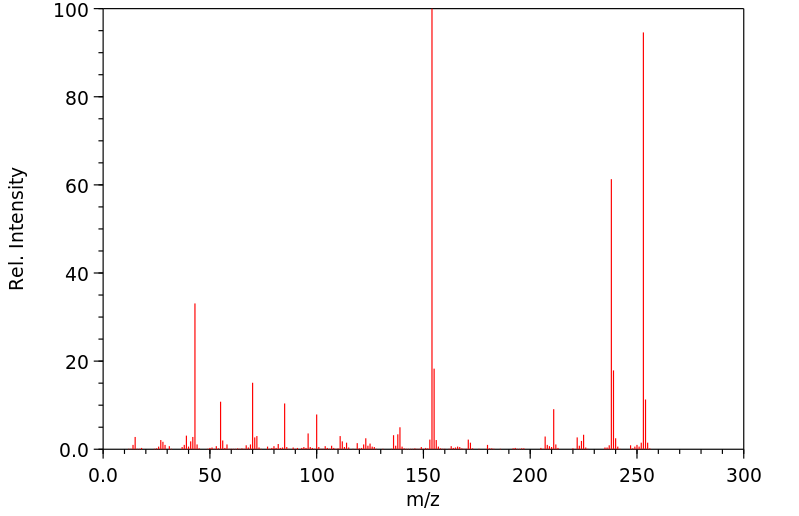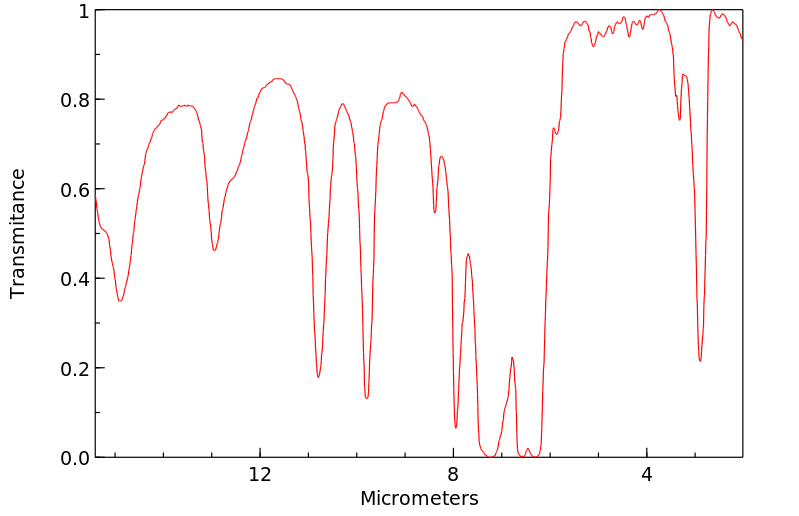Interactions between metals and catechol (1,2-dihydroxybenzene) or other ortho-dihydroxy moieties are being found in an increasing number of biological systems with functions ranging from metal ion internalization to biomaterial synthesis. Although metalâcatecholate interactions have been studied in the past, we present the first systematic study of an array of these compounds, all prepared under identical conditions. We report the ultravioletâvisible absorption (UVâvis) spectra for catecholate and tironate complexes of the first row transition elements. Generation and identification of these species were accomplished by preparing aqueous solutions with varied ligand ⶠmetal ratios and subsequently titrating with base (NaOH). Controlled ligand deprotonation and metal binding resulted in sequential formation of complexes with one, two, and sometimes three catecholate or tironate ligands bound to a metal ion. We prepared the mono-, bis- and tris-catecholates and -tironates of Fe3+, V3+, V4+and Mn3+, the mono- and bis-catecholates and -tironates of Cu2+, Co2+, Ni2+, Zn2+, Cr2+ and Mn2+, and several Ti4+ and Cr3+ species. The UVâvis spectra of each complex are described, some of which have not been reported previously. These data can now be applied to characterization of biological metalâcatecholate systems.
金属与
儿茶酚(
1,2-二羟基苯)或其他邻位二羟基基团之间的相互作用在越来越多的
生物系统中被发现,其功能范围从
金属离子内化到
生物材料合成。虽然过去对
金属-
儿茶酚酸盐的相互作用进行了研究,但我们首次系统地研究了一系列这些化合物,所有化合物均在相同条件下制备。我们报告了第一排过渡元素的儿茶酸盐和
铁酸盐复合物的紫外-可见吸收(UV-vis)光谱。通过制备不同
配体与
金属比的
水溶液,并随后用碱(NaOH)进行滴定,成功生成并鉴定了这些物种。对
配体的控制去质子化和
金属结合导致了复合物的顺序形成,其中一个、两个,有时甚至三个儿茶酸盐或
铁酸盐
配体结合到
金属离子上。我们制备了Fe3+、V3+、V4+和Mn3+的单、双、三儿茶酸盐和
铁酸盐,Cu2+、Co2+、Ni2+、Zn2+、Cr2+和Mn2+的单、双儿茶酸盐和
铁酸盐,以及若干Ti4+和Cr3+物种。每种复合物的紫外-可见光谱已被描述,其中一些尚未报道。这些数据现在可以用于表征
生物金属-儿茶酸盐系统。








